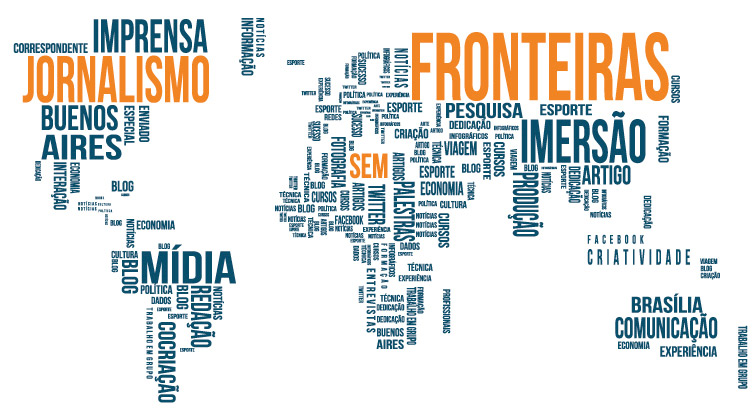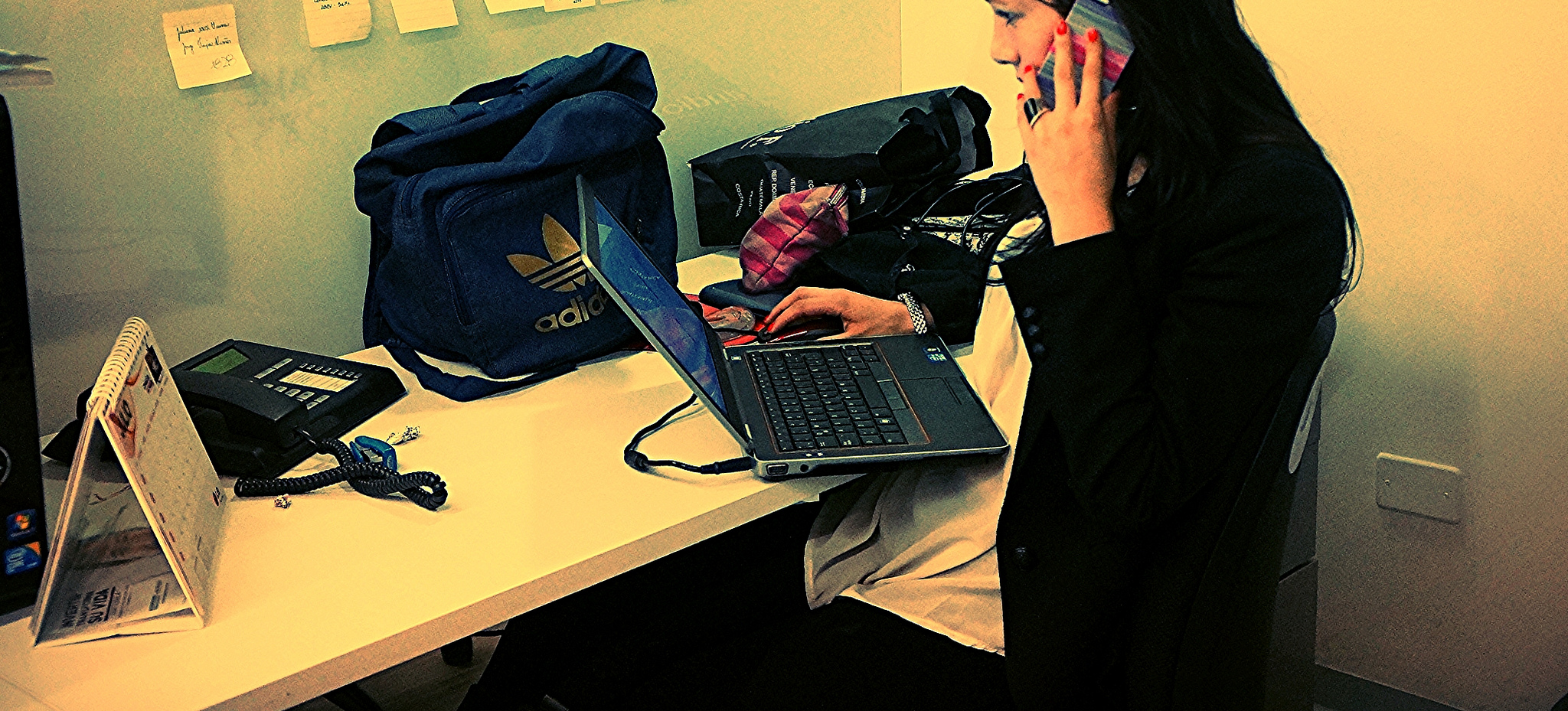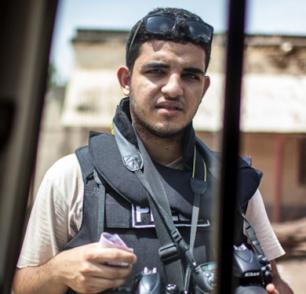Reported.ly foi uma operação de notícias que cobriu notícias de última hora principalmente em plataformas sociais…

Is collaboration the new frontier of fact-checking? 3 journalists share their experiences
Sometimes it takes a village to find the truth — or at least a handful of fact-checking news partners.
Even though journalism is a competitive business, members of the fact-checking community have long reaped the benefits of collaboration — from PolitiFact’s formal network of state news affiliates in the United States to informal “factcheckathons” focused on events such as International Women’s Day or the 2015 G-20 summit. And the growing popularity of fact-checking is producing increasingly ambitious fact-checking collaborations.
“Fact-checking is a kind of journalism that needs trust,” said Helje Solberg, a media executive who heads the television unit of the Norwegian newspaper Verdens Gang, or VG. “We need to collaborate. We are confident that it’s possible to be fierce competitors and be successful.”
Solberg is especially invested in unconventional alliances among fact-checkers. She now chairs the board of Faktisk, a newly launched partnership made up of four of Norway’s largest and most competitive news organizations: VG and rival newspaper Dagbladet, public broadcaster NRK and commercial broadcaster TV 2. It’s not typical for competitors in the media to work together, but Solberg said Faktisk “is more likely to live a long life” with four outlets pooling their resources and each committing to two years of funding.
During a panel Thursday at Global Fact 4, the annual summit of fact-checkers around the world, Solberg spoke about the power of joint fact-checking alongside France’s Pauline Moullot and Colombia’s Juan Esteban Lewin.
Moullot, a reporter at Libération, spoke on behalf of CrossCheck, a collaborative news verification project initiated by the Google News Lab, First Draft and 19 media outlets in anticipation of the recent French elections. From Feb. 26 to May 8, this partnership crowdsourced 600 questions from the public and published 65 fact-checks verified by multiple outlets.
CrossCheck was founded to help the French electorate distinguish between false information and trustworthy sources on social media and news platforms, Moulott said. “These newsrooms got together to stop fake news circulating during the [French] election… It was a question of mutual benefit.”
CrossCheck’s extensive partnerships did pose a problem, Moullot said. One key question: Why would competing news outlets be incentivized to post fact-checks on an alternative platform when they already had an audience of their own?
While the partnerships were useful in expanding reach and scaling resources, Moulott said there was still a sense of competition. “For us at Libération, we were not always happy to share our subjects with everyone else,” she said. “Other newsrooms were way less competitive than us. [The partners] had to be very diplomatic about that.”
While CrossCheck and Faktisk have created partnerships with news outlets, other fact-checkers are taking a different approach. Lewin, the managing editor of Colombian news site La Silla Vacía, has focused his efforts on partnering with the public — in this case through WhatsApp, the popular global messaging and communication platform.
Lewin said news consumers in Colombia often spread disinformation through WhatsApp messages, and La Silla Vacía uses the same method to create and disseminate fact checks. If a WhatsApp user contacts La Silla Vacía with a piece of misleading information, Lewin and his team will answer with a fact-check. The hope: Each user will then share the fact-check with his or her social circle.
“We’re trying to collaborate with audiences, not with rivals,” Lewin said. “Were trying to circulate the information back.”
Collaboration is not a new phenomenon in the fact-checking world. Organizations often lack sufficient resources and funding to do this time-consuming reporting on their own, which makes partnerships an appealing and practical solution.
As Solberg, Moullot and Lewin illustrated, fact-checkers continue to discover new ways to join forces to maximize their reach and impact.
“It has been very inspiring to work together,” Solberg said of her news partners. “We feel a big gain from this mutual project.”
Fonte: Poynter
Por: Riley Griffin e Rebecca Iannucci




This Post Has 0 Comments